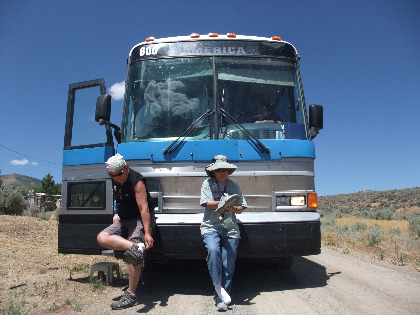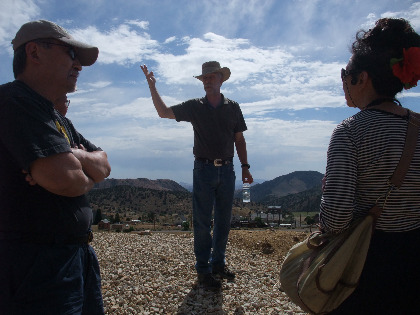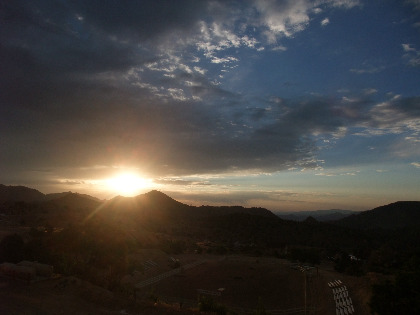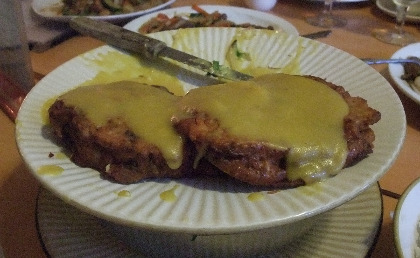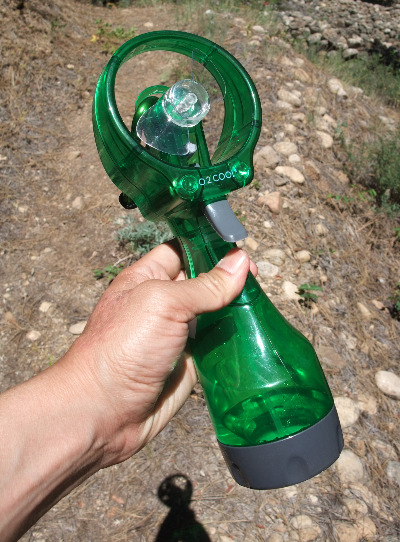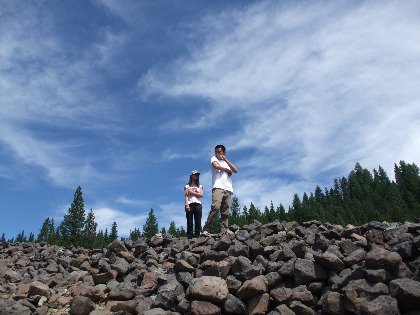On Sunday, the day before the Chinese Heritage Tour ended and people flew back to Seattle, I watched at least three participants shed tears.
It’s OK to do that, you know. In many ways, crying is a healthy form of communication. It shows that your mind and heart are linked up and in good working order – that you have emotion.
The three people - all Chinese Americans - were thinking about their family histories, loved ones, lessons learned and the new stories and friends gained on this year’s one-week Heritage Tour through Washington state, Oregon, Idaho and Nevada.
